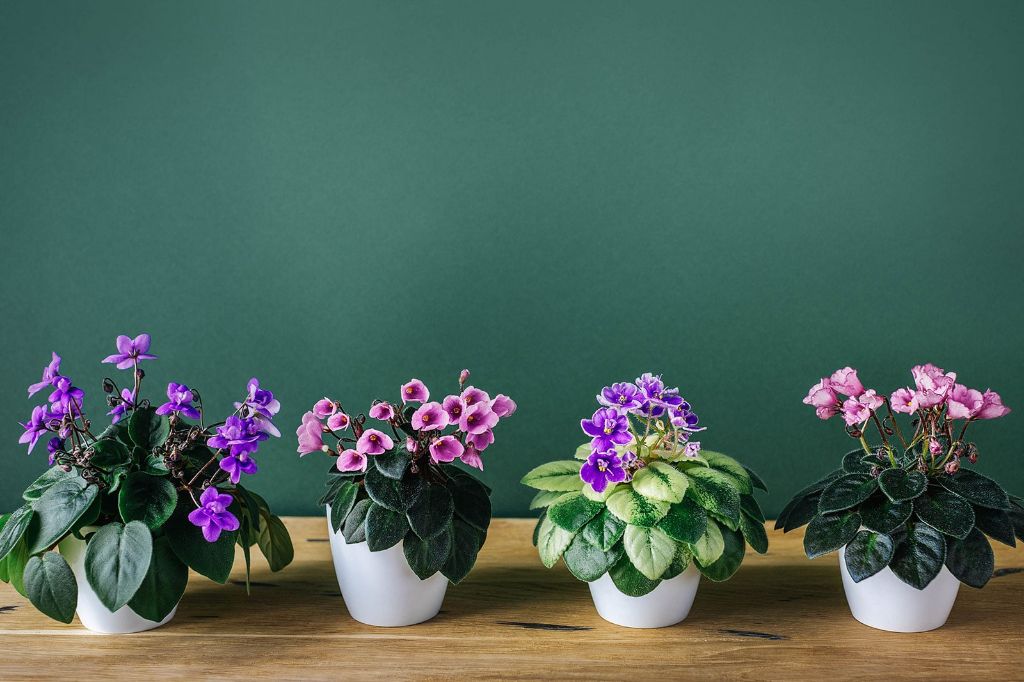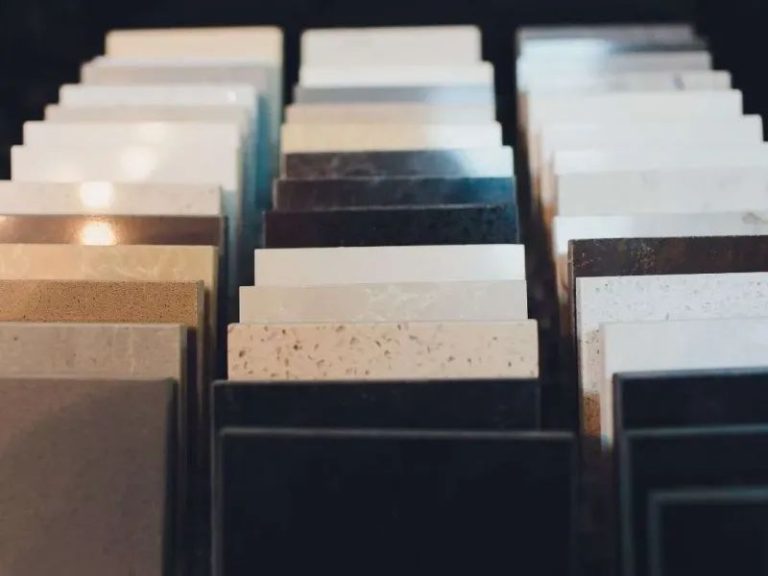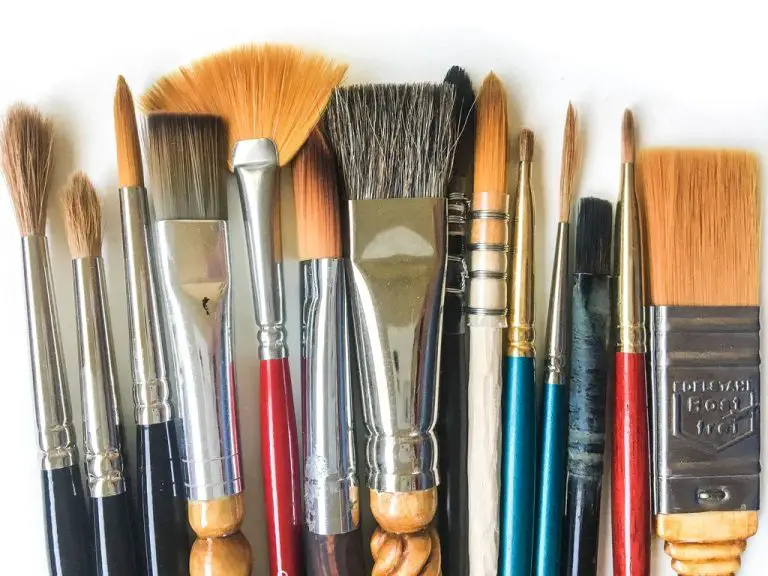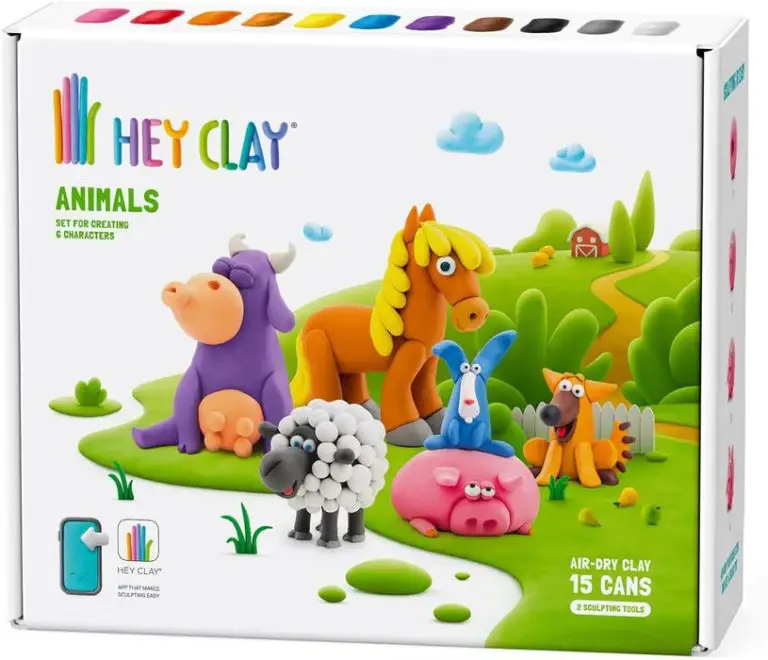Why Do African Violets Need Special Pots?
African violets (Saintpaulia) are a genus of flowering plants native to eastern tropical Africa. The plants were first discovered in 1892 by Baron Walter von Saint Paul-Illaire, the German governor of a province in what is now Tanzania. Saint Paul-Illaire found the violet plants growing in the Usambara Mountains and sent samples back to his father’s botanical gardens in Germany, where the plants were first classified and named after him as Saintpaulia. Since their discovery, African violets have become beloved houseplants around the world due to their compact size, colorful blooms, and ease of care.
Sources:
https://chimeraav.com/about-2/history-of-av/
https://www.optimara.com/history.html
Shallow Root Systems
African violets have shallow root systems that spread out just below the soil surface rather than growing down deep into the potting mix (Wiese). This allows them to efficiently absorb moisture and nutrients without requiring deep pots. In fact, their root systems only reach about 2-3 inches in depth before branching out horizontally across the top of the pot.
The shallow roots require frequent watering since moisture cannot be stored in a deep root system. African violet pots should have drainage holes on the bottom to prevent soggy soil, which would rot the shallow roots. Watering needs to be controlled to keep the top roots consistently moist without saturating them.
Repotting African violets allows the rootball to be set high in the pot, ensuring the shallow roots are only 1/2 to 3/4 inch below the soil surface (Ted’s Gardens). This proper root depth supports healthy water and nutrient absorption.
Drainage
Proper drainage is critical for growing healthy African violets. African violets have very fine, shallow roots that sit close to the surface of the soil and are susceptible to rot if kept too wet. Well-draining soil is crucial to prevent the roots from staying soggy and developing fungal or bacterial diseases.
African violet pots should have drainage holes in the bottom to allow excess water to flow out. This prevents water from pooling in the bottom of the pot and keeps the soil mix from becoming overly saturated. Standard potting mixes tend to retain too much moisture for African violets. Specialty soil mixes contain ingredients like perlite, vermiculite, peat moss, pine bark, and sand to create a loose, well-aerated medium that drains quickly.
Good drainage allows you to water thoroughly without fear of rot. Water should be able to easily pass through the soil and exit from the holes at the bottom. Well-draining soil also provides oxygen to the roots. For optimum plant health, it’s essential to choose pots with adequate holes and an appropriate potting mix.
Watering from Below
An important advantage of African violet pots is that they allow for watering the plant from below. This method helps keep the leaves dry and prevents leaf damage. When water droplets sit on the leaves, it can lead to bacterial and fungal diseases developing (“Source”). The hairy leaves of African violets easily trap moisture, so it’s best to avoid getting them wet (“Source”).
Special pots for African violets have drainage holes and removable saucers/reservoirs. After watering from the top, the excess drains through and collects in the bottom tray or saucer. This provides a reservoir that the plant can draw water from without getting its leaves wet. As long as the bottom reservoir stays filled, water will wick up through the soil via capillary action to keep roots hydrated.
Self-Watering
Self-watering pots are specifically designed to provide consistent moisture for plants like African violets that require evenly moist soil. These pots have built-in reservoirs at the bottom that hold water. The potting mix draws moisture up from the reservoir through capillary action, helping to keep the soil consistently damp without getting waterlogged (Planterhoma). This regulated water supply from the reservoir ensures African violet roots get the moisture they need without overwatering.
Wicking
Wicking is an important feature for African violet pots because of the plant’s shallow root system. African violets have roots that only grow 2-4 inches deep, so they need constant moisture at that level. Wicking pots use a cotton or nylon wick that hangs into a water reservoir at the bottom of the pot. The wick absorbs water and draws it up to the soil and roots by capillary action. This provides a steady supply of moisture for the shallow roots without overwatering the top layer of soil. Wicking pots help prevent root rot and promote healthy growth in African violets.
According to the product listing on Temu, “We received our six pack of self watering wicking pots for African Violets in good time. Communication from Temu was excellent . the pots were very well made and look good value for money.”
Small Size
African violets have shallow root systems, so they don’t require large pots. In fact, using pots that are too big can cause problems. When there is a lot of extra room in the pot, the soil stays wet longer after watering. Wet soil leads to root rot and other diseases in African violets.
Small pots around 4-6 inches encourage better blooming. With less room for roots, the plant puts more energy into flowers instead of foliage growth. The small space limits root expansion and signals to the plant it’s time to reproduce. Additionally, a snug pot physically supports the plant better than a large, loose one.
As cited on Etsy, “Size is 4 inches perfect for all new violets.” [1] Keeping African violets in appropriately sized pots prevents overwatering and gives them the cramped conditions they prefer to bloom abundantly.
Breathability
African violets require porous, breathable pots to thrive. Plastic and terra cotta pots allow air to circulate through tiny pores in the material, providing ventilation for the roots. As explained by House of Hawthornes, “Terra cotta is breathable. And honestly, I love the look of an African violet in a terra-cotta pot.”

Plastic pots also allow some airflow, though less than terra cotta. The drainage holes in the bottom of plastic and terra cotta pots facilitate air circulation from underneath. Avoiding non-porous materials like ceramic, glass, or metal is recommended, as these can easily trap moisture against the roots and lead to rot.
Providing breathability through terra cotta or plastic gives African violet roots the air circulation they need to stay healthy.
Aesthetics
African violets are popular houseplants known for their colorful and attractive blooms. As such, many people like to display their African violets in decorative pots that complement the flowers. The small size and shallow root system of African violets makes them well-suited for using fashionable and artistic pots in bright colors and unique shapes.
Rather than using basic plastic nursery pots, you can place your African violet in a colorful glazed ceramic pot, a hand-thrown pottery vessel, or even unconventional items like teacups, hanging baskets, or repurposed tins. This allows the African violet to become a beautiful decorative element in your home. Matching the pot color to the flower color can create a very appealing look.
Using a decorative pot also gives more control over the look and feel of displaying your African violet. Pots come in finishes like glossy, matte, metallic, speckled, and more. The texture and style of the pot can complement your home’s decor. An ornate pot can make the plant more of a showpiece, while a simple style blends into the background. So feel free to use your African violet as a way to express your personal decorating taste.
Conclusion
African violets have particular potting needs due to their shallow root system, susceptibility to root rot, and small size. They require excellent drainage to prevent overwatering. Specialty pots like self-watering containers with reservoirs or ceramic pots with drainage holes allow watering from below without soggy soil. Breathable pots keep roots healthy. The small pots preferred by African violets also showcase their petite size. Ultimately, the right pot helps an African violet not just survive, but thrive and look its best.




